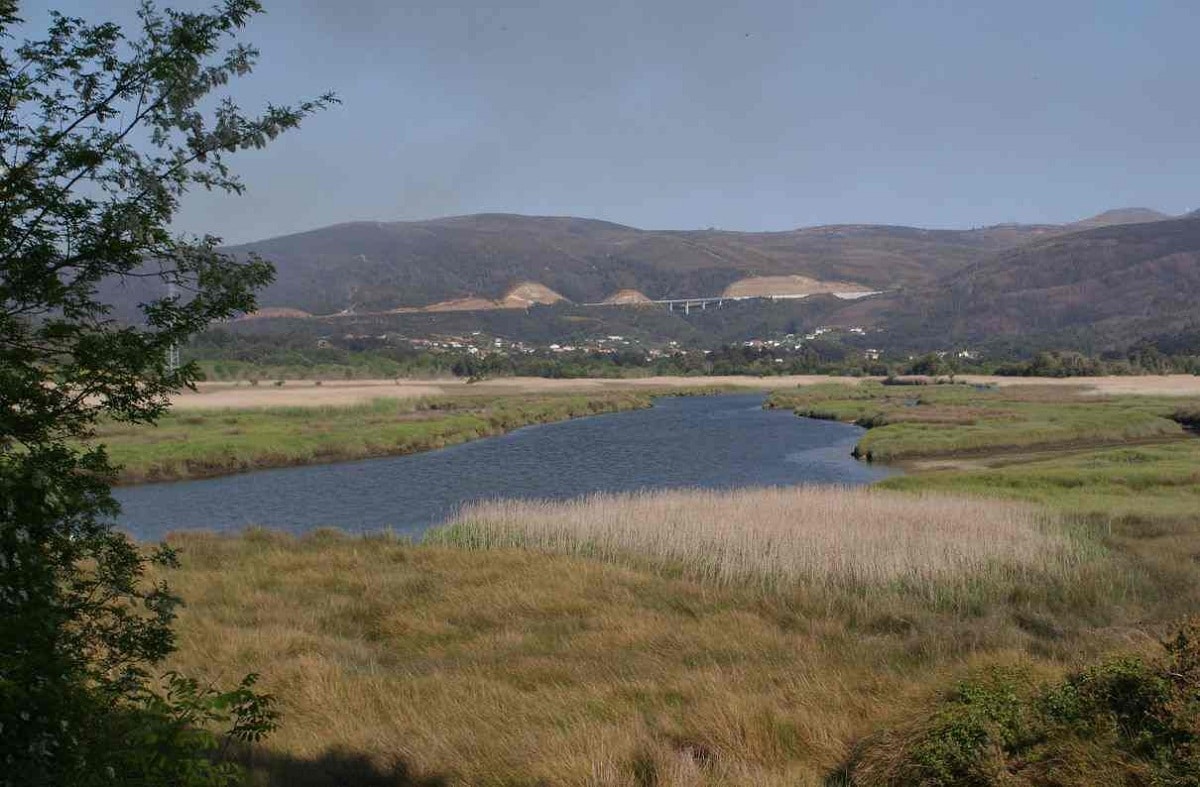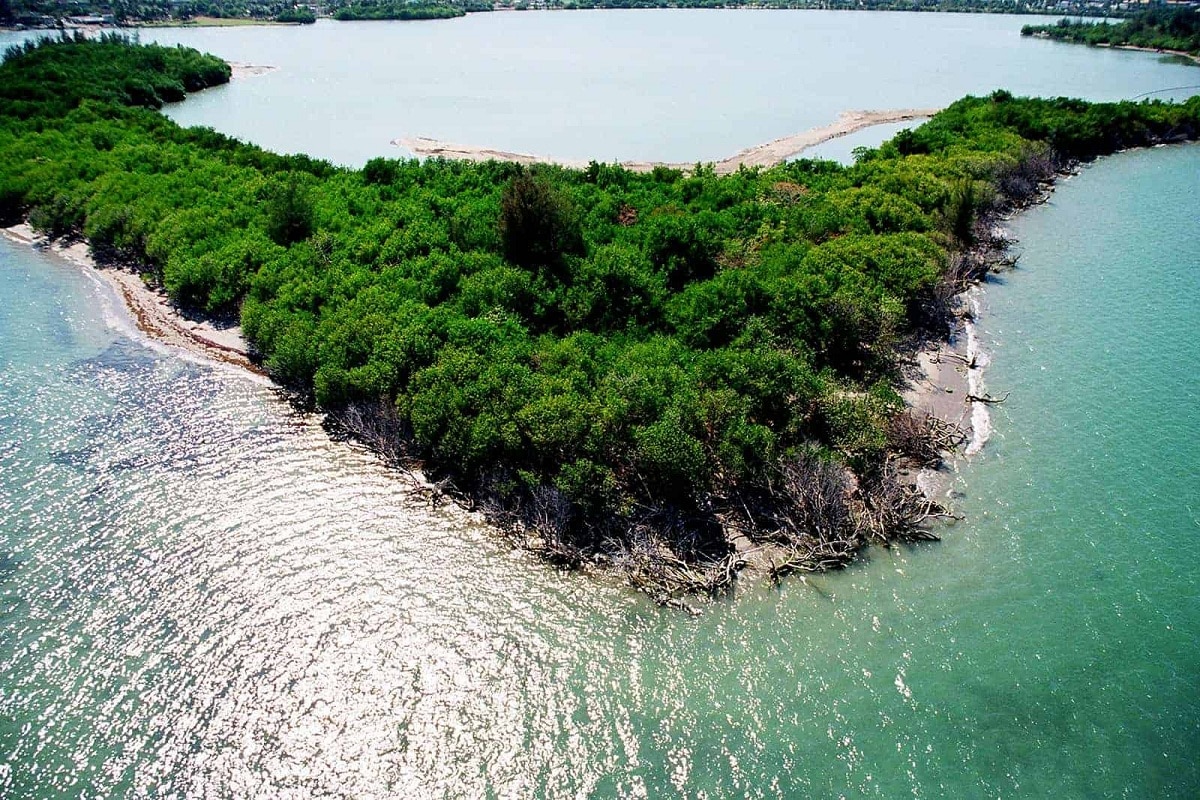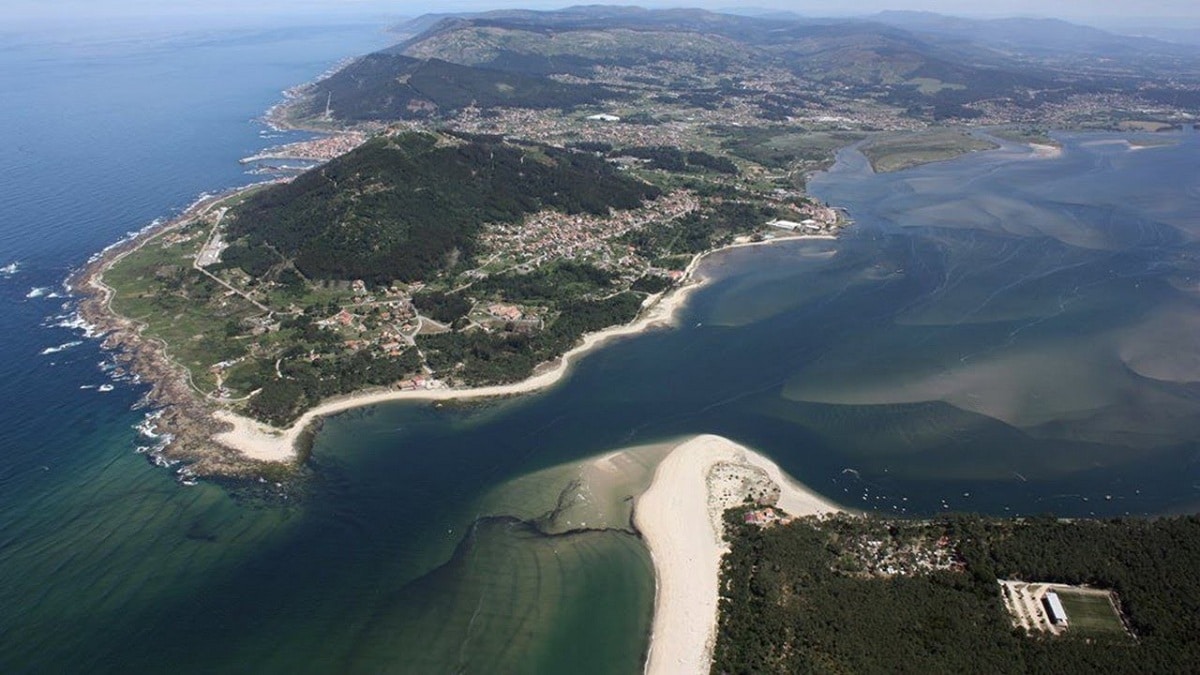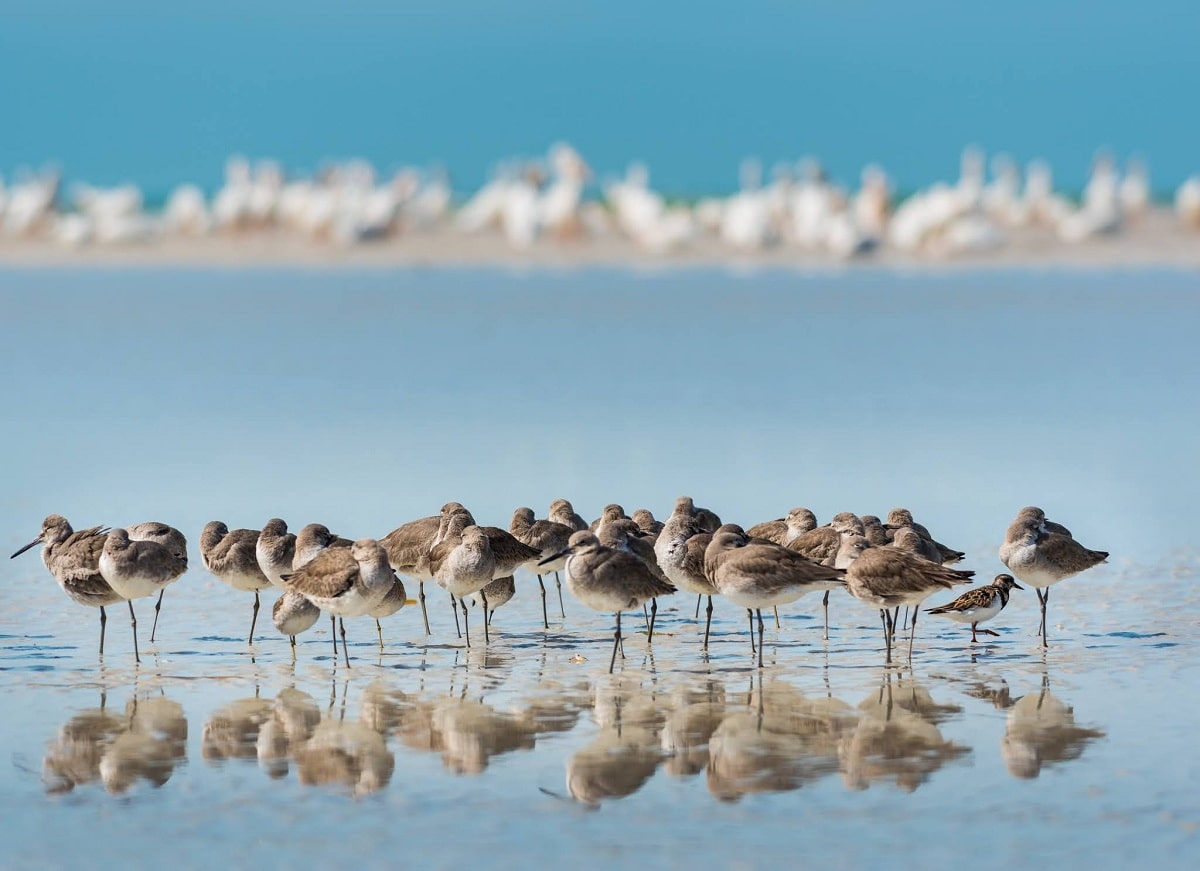
In the terrestrial environment there are different types of ecosystems that mix the fresh water that comes from the rivers with the salt water that comes from the sea. These ecosystems are known as estuaries. However, many people do not know what is an estuary. It is a mixed ecosystem that is responsible for mixing bands of water from the rivers and the sea. These bodies of water are enclosed by areas of land that form the coast and are open to the sea.
In this article we are going to tell you what a locker room is, its characteristics and importance.
what is an estuary

Estuaries are ecosystems and refuges for many plant and animal species. These organisms depend on these ecosystems to survive, feed and reproduce. The different types of estuaries are classified according to the area of water flow. This water ends up in oceans, bays, coves, lagoons, orchards or canals. Estuaries mix fresh water from the canal with salt water from the sea. This conflict of water of different salinity results in high turbidity.
Today the estuary is used as an area sometimes used for recreational, tourist and scientific purposes. One of its main characteristics is that it is one of the most productive ecosystems on the entire planet. It is here that much of the organic matter is produced from the nutrients of the land carried by the rivers and, on the other hand, from the nutrients carried by the oceans.
As a semi-closed system, is the exchange of materials from several neighboring ecosystems. Generally, they are very shallow areas, which means that light can easily penetrate the water. Due to these environmental conditions, the rate of photosynthesis in the estuary is quite high. All this contributes to a good primary production. It should also be remembered that many species of human consumption live in estuaries, such as crustaceans, molluscs and certain fish.
One of the capabilities of estuaries is to retain large amounts of water and prevent flooding. They also help prevent shoreline damage during storms. Therefore, they are also very important in population management. In some cases, river flows carry more water, causing sediment and pollutants to be replaced. Thanks to this stronger current, the water stays clean.
How they are formed

Estuaries mix with fresh water to form estuaries as seawater flows from seawater during high tide. Then, at low tide, the fresh water pours into the ocean. This resulted in a large swamp in the area.
The estuaries formed by a mixture of fresh and salt water form different ecosystems, where plant and animal species endemic to these areas come together. Estuaries are transition zones where bodies of water meet others near the ocean. They are usually warm waters with their own specific ecosystem.
Swamps often form, but in the tropics we can also find mangroves, which are more swampy areas. They have a diverse ecosystem. We can find more or less deep estuaries, with marshy or rocky areas.
The fauna is diverse, and these places contribute so much organic matter to the planet that they are comparable in size to forests or grasslands. Very important wildlife habitats are formed in these areas, and They also function as water filtration.
The economies of many coastal regions are centered around estuaries due to rich populations of fish, shellfish, or algae. They are popular places for tourism, bird watching is very common in these areas, and they are places dedicated to scientific knowledge and education.
estuary type
There are different types of estuaries depending on some main characteristics. Each type of estuary is determined by the relationship between the amount of water in the river during tides and the amount of tidal water itself. From here we can find several types of estuaries:
- Salt Wedges Estuary: It forms when there is more water in a river than in the sea. In this way we have a mixture with a thin transition layer between the river water at the top and the tidal wedge at the bottom.
- Highly stratified estuaries: In these types of estuaries, the amount of incoming freshwater is greater than that of seawater, but not as much. These conditions cause water mixtures between different bodies of water to eventually form a saltier top layer as waves bring seawater to the surface. When the two waters mix, they form layers.
- Lightly stratified estuary: Estuary where the volume of river water is less than that of sea water. Compared to both, the salinity of the water here has changed drastically. In the upper layers, the salinity is changing, as is the lower layer. This is because the currents are very fast.
- Vertical mixing estuary: In this type of locker room, the volume of fresh water is practically insignificant in relation to the volume of the tides. Here the general predominance of locker tides with uniform salinity predominates. Since there is hardly any water exchange, there is no change in salinity. There are also no vertical layers in the water column.
- reverse estuary: Refers to the type of estuary that is not supplied by a river. This is because they exist in areas with high evaporation rates. Evaporation causes the salinity concentration to be much higher. Also, due to the loss of water, it sinks due to the increase in density because it is more salty.
- Intermittent estuaries: they can be of one type or another, depending on the prevailing rainfall at the time. It is here where, depending on the amount of rain at each moment, there are different options. If they were higher, the riverbed would carry more water.
Estuary flora and fauna

The estuary is made up of a wide variety of flora and fauna. Most plant species are aquatic. The reeds, the reeds and the baguio stand out. Ecosystems consisting of mangroves can be found in many estuaries. These are tree species that are very resistant to saltwater conditions. They are adapted to wet soils and there are about 70 species of mangroves. The white, black, red and gray mangroves stand out.
Part of the vegetation associated with mangroves are seagrasses. You can also find areas of algae plains and lots of phytoplankton. As for the fauna, there is also a great variety of animals. The most outstanding of them is the zooplankton, since sunlight penetrates the water very well.. These zooplankton feed on estuarine fish, especially herring, sardines and anchovies. There is also a large number of molluscs, crustaceans, mammals, birds and some reptiles.
Estuaries can originate in any climate, be it tropical, temperate or cold, depending on the latitude where they are located. However, due to its coastal character, its climate is influenced by the ocean mass. Thus, even in cold regions, the climates are not as extreme as those in the interior.
I hope that with this information you can learn more about what an estuary is and its characteristics.